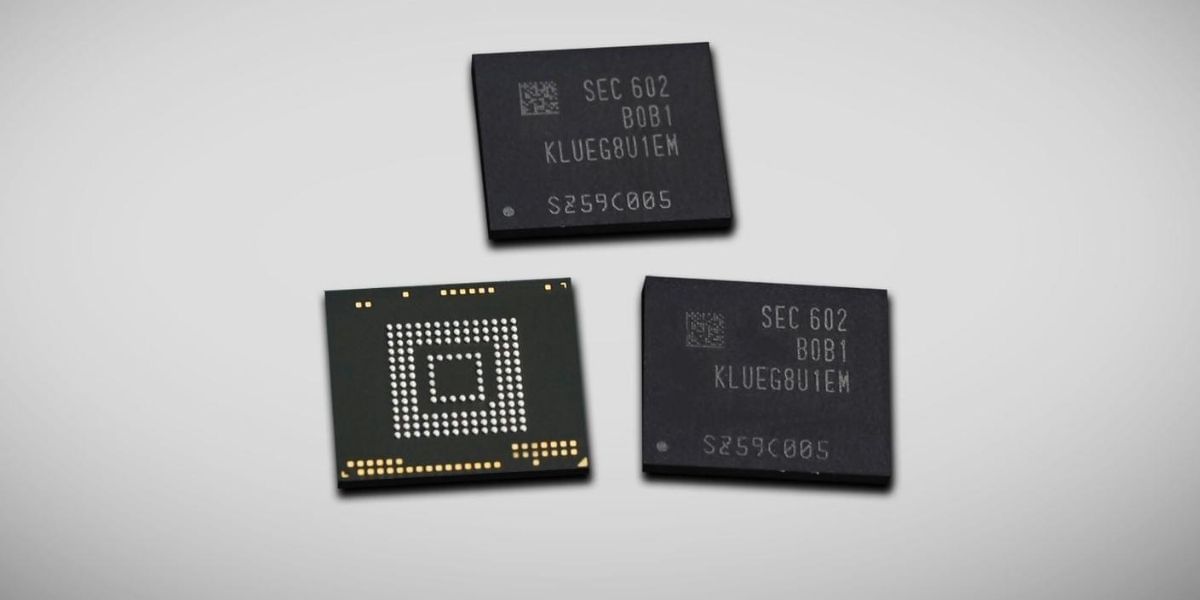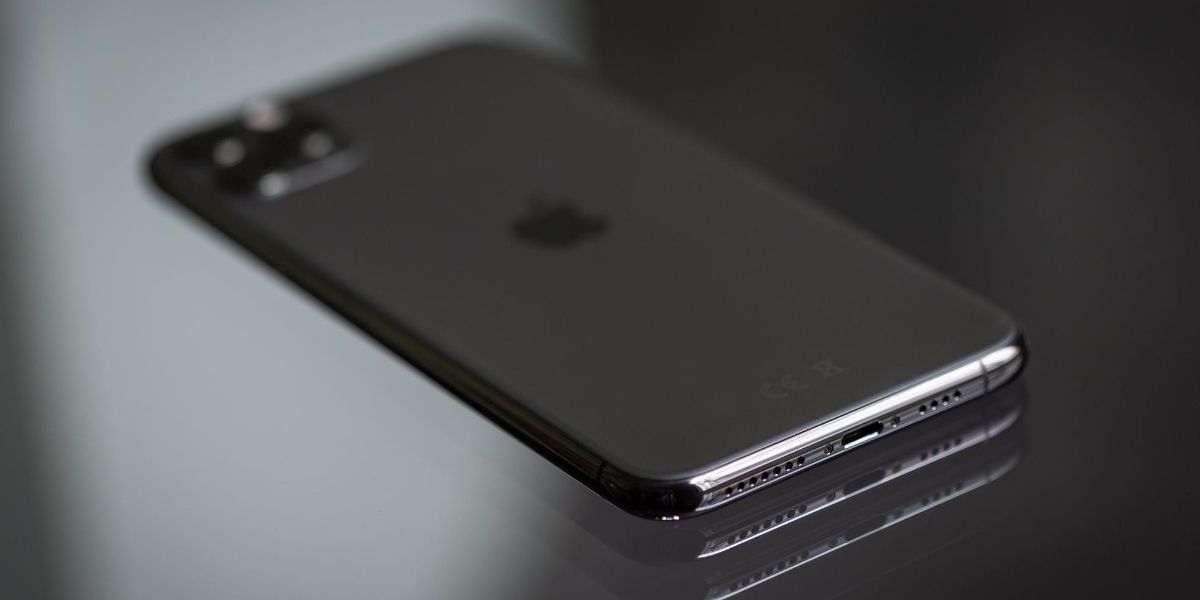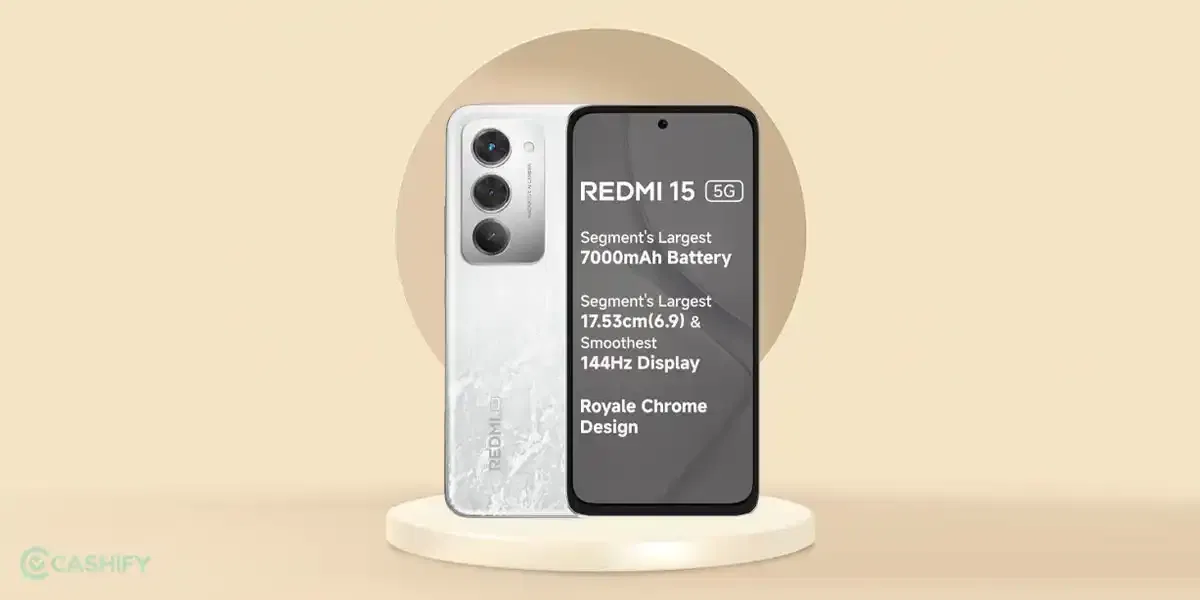For those who don’t know about Universal Flash Storage or simply UFS, let us tell you that it’s a memory storage chip for smartphones and digital cameras. Just like SSD cards provide better storage with amazing speed for PC and laptops, UFS cards provide powerful working for cell phones, digital cameras, and other consumer electronics.
It can easily be said that UFS is the future and your eMMCs and SD cards are going to become history soon. There’s even a rapid development in UFS chips from the time they were first introduced. That’s the reason there are a variety of UFS chips available in the market today. And if you are tech-savvy, then you will definitely be interested to know all types of UFS storage chips and major differences between them.
Advantage Of UFS Storage Over eMMC
Some people might be confused as to why they even need UFS storage over eMMC, right? Well, they should know that UFS is far better than eMMCs in almost every aspect. The user using a smartphone with UFS will be able to launch the apps on their phone much faster than the person using a phone with eMMC.
Mobile gaming is highly in trend these days and everyone is looking for a smartphone that works faster and better. Smartphones with UFS chips are perfect for mobile gamers as you are going to experience a drastic increase in the loading speed and decrease in unnecessary lag and ping. These problems were quite commonly faced in eMMC smartphones.
Speedy transfer of data is another reason why companies are shifting towards UFS. For Instance, if you compare the latest UFS 3.0 with the latest eMMC, UFS 3.0 gives a reading speed of 2100mb/s and a writing speed of 410mb/s. When you compare it to the latest eMMC 5.1, UFS has 6 x more reading speed.
Also Read: Snapdragon 720G Vs Snapdragon 730G – How Do They Compare?
Different Types Of UFS Chips
UFS is not just one kind of chip that you need to have in your cell phone for better and fast working. They can further be divided into various types and based on these types, their working also differs a lot.
So let’s see what are the different types of UFS chips present and the market and how they vary from each other.
UFS 1.0
This was the first type of UFS that was launched in the market. It was first introduced on 24th february 2011. The manufacturer of UFS 1.0 was JEDEC (Joint Electron Device Engineering Council), an independent semiconductor engineering trade organization in the USA. On 7th july 2016, Samsung launched their first UFS cards which was based on UFS 1.0. These cards were available in the storage capacity of 32 GB, 64 GB, 128 GB, and 256 GB. The 256 GB version of the UFS 1.0 card provided the sequential reading speed of 530 MB/s and a sequential writing speed of 170 MB/s. While random reading speed of 40,000 IOPS and random writing speed of 35,000 IOPS.
Also read: Best mobile phones under 30000
UFS 1.1
After the introduction of UFS 1.0 in 2011, JEDEC launched UFS 1.1, the following year. On 25th june 2012 UFS 1.1 was launched as an updated version of UFS 1.0.
UFS 2.0
On 18th September 2013, JEDEC launched UFS 2.0 which was obviously better than the previous UFS chips. With an increased bandwidth of 600 MB/s per lane, as compared to 300 MB/s per lane on UFS 1.0 and 1.1, UFS 2.0 is much faster and better. Instead of a single lane, UFS 2.0 has 2 lanes that provide the user with 1.2 GB/s for each data transfer direction. Samsung Galaxy S6 was the first in the market to have a UFS 2.0. After the success of both the phones, many other companies launched their smartphones with UFS 2.0 based internal storage.
Also read: Smartphone reviews
Some of the smartphones with UFS 2.0 internal storage are as follows. Google Pixel, Pixel XL, Samsung Galaxy S7, Samsung Galaxy S7 Edge, LG G5, Xiaomi Mi 5, OnePlus 3, OnePlus 3T, Le Pro 3, Asus Zenfone 3 Deluxe, Huawei Mate 9, Huawei Mate 9 Pro, Samsung Galaxy S8, Samsung Galaxy S8+, HTC U Ultra, and Sony Xperia XZ.
Also Read: How To Make Your Smartphone Last Longer!
UFS 2.1
The improved version of UFS 2.o, i.e UFS 2.1 was released on 4th April 2016. This one also had the same bandwidth of 600 MB/s per lane with 2 lanes that provided a total bandwidth of 1200 MB/s. The improvement was made in the area of security as UFS 2.1 had an incline cryptographic operation.
Many smartphone companies delivered their products in the market that consisted of UFS 2.1 storage. Some of these cell phones are, Redmi Note 8 Pro, Realme 5 Pro, Vivo U20, and Samsung Galaxy M30S.
Also Read: Top Alternatives To UC Browser On Android And iOS That You Can Try!
UFS 3.0

After the success of UFS 2.0, JEDEC launched UFS 3.0, on 30th january 2018 which was further better than UFS 2.0 and UFS 2.1. With a sequential read speed of 2100 MB/s and a sequential write speed of 410 MB/s, much better performance is promised by the smartphones supporting UFS 3.0. On the other hand, you get an amazing random read speed of 6800 IOPS and random write speed of 63000 IOPS. Just like UFS 2.0, you have a maximum 2 number of lanes but a better bandwidth of 1450 MB/s per lane which takes the total bandwidth to 2900 MB/s.
With such high specs, UFS 3.0 increases the overall performance of your smartphone to an impressive extent. And not to forget, making your smartphone much better for gaming purposes. Some of the phones in the market that uses UFS 3.0 are Samsung Galaxy S20 Ultra, Galaxy S20, and Galaxy S20+, Samsung Galaxy Note 10, Samsung Galaxy Note 10 Plus, Samsung Galaxy Fold, Asus ROG Phone 2, Realme X50 Pro 5G, OnePlus 7, OnePlus 7 Pro, OnePlus 7T, OnePlus 7T Pro, OnePlus 8, OnePlus 8 Pro, Realme X2 Pro, Vivo Nex 3 5G.
UFS 3.1
Just like every other UFS chip, UFS 3.0 also had an upgraded version by the name UFS 3.1, to give the consumer the best of the best service. UFS 3.1 was launched on 30th January 2020 with the same bandwidth and number of lanes.
The advancement was done by adding a write booster to UFS 3.1 that increases write speed. Performance Throttling Notification function was introduced to notify the host when performance is killed as a result of high temperature.
Some cell phones with UFS 3.1 storage are Poco F2 Pro, Realme X50 Pro Player Edition, Meizu 17, Vivo Nex 3S, iQOO 3.








































